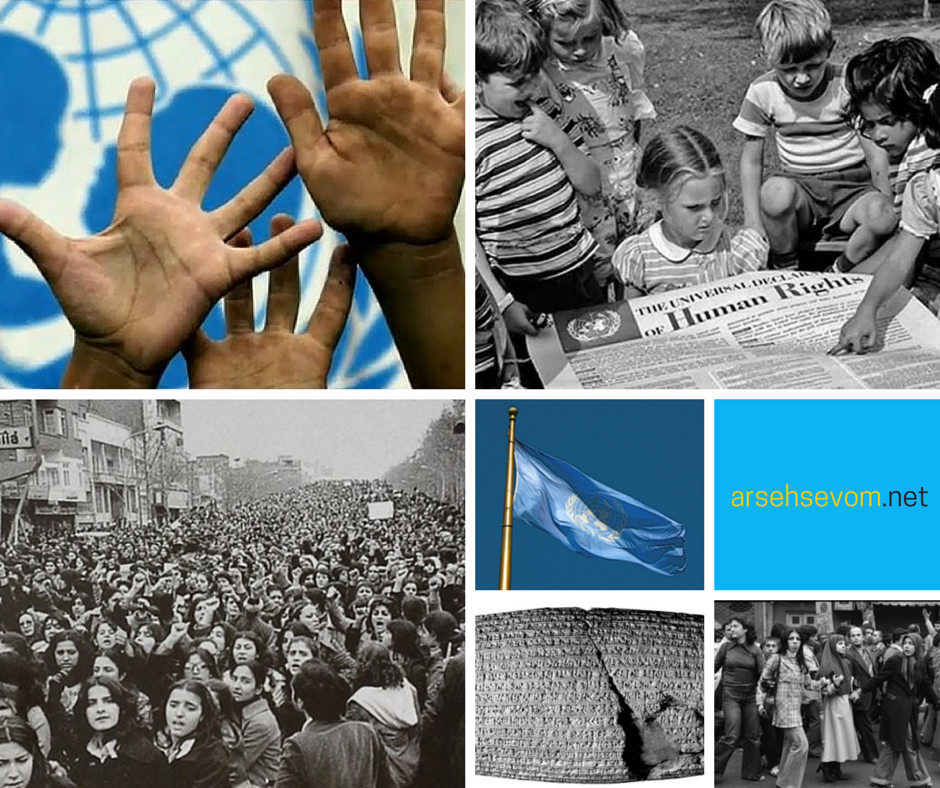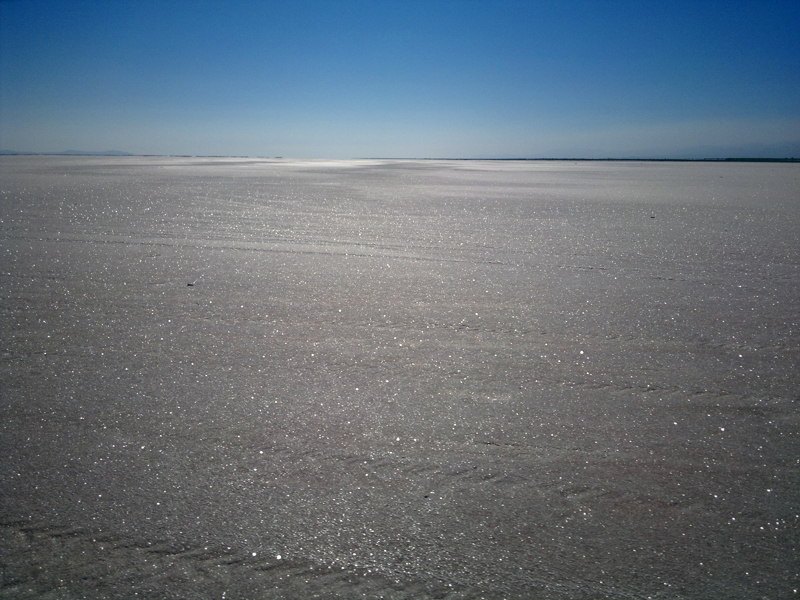27 Kurdish Political Prisoners on Hunger Strike
December 21, 2014
Human Rights Organizations–Cooperating for Change
February 14, 2015Arseh Sevom: In recent years, sandstorms in the western and southern provinces of Iran have become a grave environmental concern, endangering the health and welfare of millions of people in Iran and around the region.
Residents are using the hashtag #khuzestancantbreathe to call attention to the problem. Foolad FC, Ahwaz’s soccer team recently tweeted images of players practicing in the polluted air:
اینجا #اهواز است #KhuzestanCantBreathe pic.twitter.com/Kn6DWIJbuc
— Foolad FC (@FooladFC) February 10, 2015
Heavy storms of sand and dust have obscured the sky and devoured the land in cities such as Ahwaz in southwest Iran. These storms have contributed to making Ahwaz the most polluted city in the world.

Sam Khosravi
Arseh Sevom asked environmental researcher Sam Khosravi to comment on the origin of the sandstorms and the high levels of pollution. We asked him several questions. Is Khuzestan suffering from the result of industrial pollution, as is Tehran? Why has the frequency and severity of the storms increased in recent years?
What can you tell us about the origin of the sand and dust storms?
Basically, dust storms can be caused by a variety of sources, both industrial and natural. Current reports on what is occurring in Iran show that this sudden influx of sand storms does not have an industrial cause.
There must be a source of these sand storms. What can you tell us about it?
Three sources for this combined natural and human disaster have been identified so far. Satellite images show that Syria and Iraq have played a key role over a certain period of time. Deserts in North Africa are another source of sand and dust as well. Studies conducted at the University of Tehran show the storms are also caused by the degradation of wetlands. In order to ascertain a precise cause we need to conduct more independent research.
Sand storms are not new to the region. Why have recent ones created such a dire situation for the people and the region?
Deterioration of water resources and the disappearance of natural barriers combined with atmospheric changes have made the storms worse. Some models predict even more storms in the (near) future as well.
How can this environmental crisis be solved?
We’ve had these kinds of storms in Iran for a long time, think of the “Nashi” wind in the southern part of the country, for example. The problem is that in comparison to the past, the intensity and frequency of these storms has increased.
There is no short-term solution. The problem was not created in one night and cannot be solved that in one night either. In the short-term, we need to think about the health of the residents of the region and provide them with tools to mitigate the effects of the storms. Working hours in the governmental organizations should be decreased, relief groups should be active in various areas of the region and ventilation equipment should be used in homes.
Long-term solutions are quite difficult. They will take time and money. In view of the current situation in the Middle East, especially in Syria, Iraq and Iran it is unlikely that anything will be done.
A serious effort needs to be made to revive dead ecosystems. It’s quite difficult but I think it’s possible.
Translated from the Persian: http://www.arsehsevom.org/



